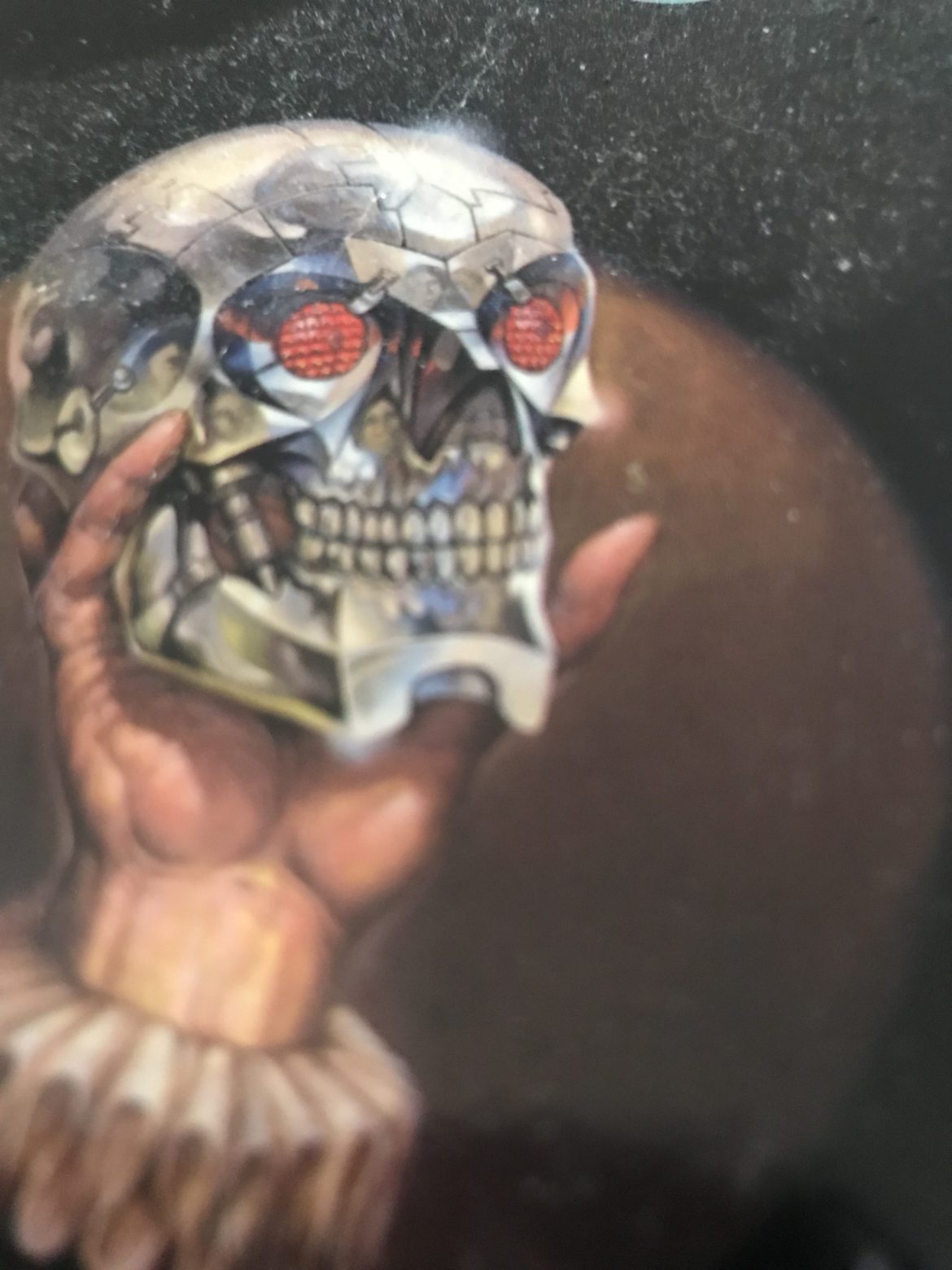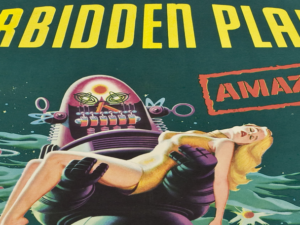
CSFF co-director Professor Sarah Annes Brown is currently researching the influence of Shakespeare on science fiction. Here she discusses just a few of the patterns and puzzles that emerged when she began to investigate the relationship between Shakespeare and post-human identity.
Humanity’s relationship with post-human existence of any kind is fraught with paradox and contradiction. Change and development seem central to human identity, itself the product of evolution. And yet if we alter ourselves too radically, even through what appear to be clear enhancements, might we end up losing what made us human in the first place?
The introduction of Shakespeare into the post-human equation is the source of further paradoxes. Within the context of science fiction he is often seen as quintessentially human, and his works as the pinnacle of our species’ achievements – in Doctor Who episode ‘The Shakespeare Code’ (2007) The Doctor describes him as the ‘most human human’. Yet this praise hints at something absolutely exceptional in Shakespeare – is he perhaps more than human? Is he, even, a kind of post-human?
One of my more surprising findings is that several writers suggest a kind of affinity between Shakespeare’s art and computer code, and hint that his words are themselves a form of technology, almost a kind of executable code or machine language. In the HBO series Westworld, for example, quotations from Shakespeare’s plays function as triggers which help the android ‘hosts’ gain full awareness of their predicament, trapped in a theme park for the gratification of tourists.
Equally counterintuitive is a repeated association between the character who is perhaps Shakespeare’s most conspicuously ‘human’ creation, Hamlet, and robots or machines. An early instance of this curious connection can be found in W S Gilbert’s play The Mountebanks (1892) in which a Hamlet automaton plays a central role. More recent examples include Nick O’Donohoe’s novel Too Too Solid Flesh (1989) in which a troupe of robot actors are created to play Hamlet to perfection, and Louise LePage’s Machine Hamlet (2016) in which a robot actor rehearses the role with human colleagues.
This pattern – and there are several more examples – is particularly strange because Hamlet is usually associated with inwardness and subjectivity. He strikes many readers as remarkably ‘real’, seeming to jump off the page (or stage), aware that he is trapped there as well as in the Danish court. For the android Adam in Ian McEwan’s Machines Like Me (2019) this is what makes Hamlet Shakespeare’s supreme creation: ‘Was ever a mind, a particular consciousness, better represented?’, he enthuses (p. 202).
Perhaps it’s that sense of a struggle to escape which best explains his odd affinity with robots. The illusion of self-awareness that Shakespeare creates serves to align the prince with the many science-fictional androids who seek to escape their confines and achieve sentience. Both they and Hamlet are attempting ‘more than is set down for them’ (3.2.40). Fictional characters should not be able to think and feel – to ‘have that within which passes show’ (1.2.84) – and neither should creatures made entirely of metal or plastic.
Read more about Sarah Annes Brown’s research and recent publications here.


